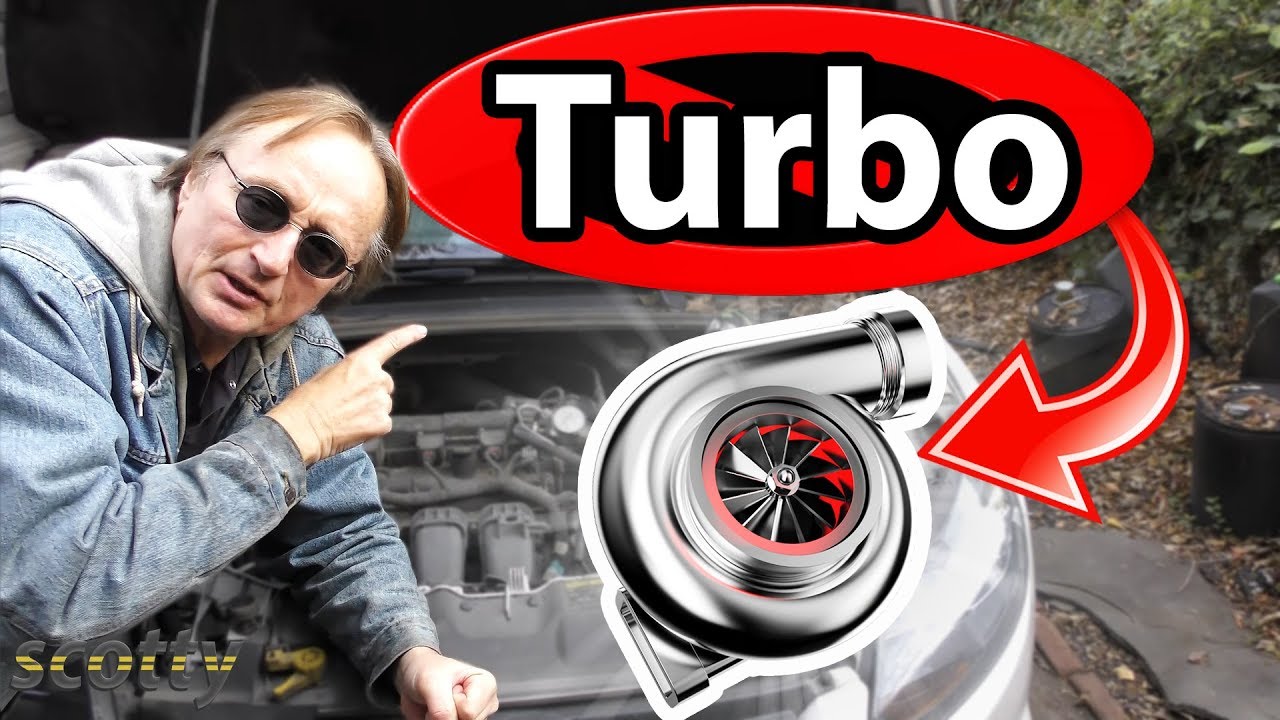GTXT23
LightFoot
Regarding the CX-5 T - data shows the Turbo 4 to be fundamentally the same engine as Mazdas naturally aspirated 4, yet turbos often dont last as long as non-Turbos- Biggrst #1 One is owner misuse and misunderstanding of the more frequent maintainence required - the first , just driving it like a sports car ..and guess what ...its NOT a sports car- most owners have no clue how vital warm up and cool down is when you have a turbo , Turbo burn oil , turbos run very hot , and at ridiculous rpms - , they require more frequent oil changes ( oil lubricates the turbo also ) particularly if you drive it hard , more spark plug changes, can foul plugs more easily , cost more for premium gas to operate as designed , insurance premiums are higher , tire wear, break wear higher , transmission issues can arise from the higher power delivery and many many other problems which are to lengthy to list -as well many Turbos had cracked cylinder heads requiring Mazda to make a new head ( which I believe was sorted out ) , but it was caused by the impact of the turbo power demand , . These are truths based on the turbos and often the profiles of the way turbo buyers drive - A turbo can last , but if you look at the used market , when approaching 100k many begin to manifest wear & tear
issues -
Whereas the NA is an historically proven , basic & reliable engine which ( Mazda)
had one preventative "cylinder desctivation"-( Like Hondas V-tec cam in reverse ! ) recall on the 18-19 years and not one other issue of major consequence since.
The engine has shown to be rock solid and efficient . Is the #1 highest production engine Mazda has ever made in its history , having vehicles around the world using it with ultra high reliability .
I am NOT saying turbos are " bad " but I caution anyone who just takes the advice of even major car publications - who do love the Turbo cx-5 , that there are downsides which are often not mentioned. Its fun and has its place - but not unlike the Mazdaspeed 3 vs the Mazda 3 hatchbacks back in 2010-2 period - even the enhanced 2.3 with strengthened internal engine components was unlikey to go much past 100k and the na 2.3/2.5 is still seen with regularity on the road today - I post this because its good to be aware of the potential short and long term benifits /and drawbacks of both types of engines regarless of manufacturer- before you buy or lease
- If I was leasing for example - I might still choose to drive the turbo( but i might not because of speeding tix ..thats me )
- but if I was a long term owner - I would choose a non-turbo for the reasons listed . If I was tight on $ - well non-turbo as well - so its about knowing what you are getting into - If you look at the CX5 engine specs - the high compression ( 13/14-1) depending on where u live is reduced significantly on the Turbo ...to a 10-1 - ( from memory - could be off a hair )
since the turbo will bring up the compression when in use /.
Heres some of the soundest advice ive seen on Turbos in the average passenger car or SUV

 m.youtube.com
Heres what Scotty says- ( hes not God but a pretty pratical guy with sound advice )
m.youtube.com
Heres what Scotty says- ( hes not God but a pretty pratical guy with sound advice )

 m.youtube.com
m.youtube.com
issues -
Whereas the NA is an historically proven , basic & reliable engine which ( Mazda)
had one preventative "cylinder desctivation"-( Like Hondas V-tec cam in reverse ! ) recall on the 18-19 years and not one other issue of major consequence since.
The engine has shown to be rock solid and efficient . Is the #1 highest production engine Mazda has ever made in its history , having vehicles around the world using it with ultra high reliability .
I am NOT saying turbos are " bad " but I caution anyone who just takes the advice of even major car publications - who do love the Turbo cx-5 , that there are downsides which are often not mentioned. Its fun and has its place - but not unlike the Mazdaspeed 3 vs the Mazda 3 hatchbacks back in 2010-2 period - even the enhanced 2.3 with strengthened internal engine components was unlikey to go much past 100k and the na 2.3/2.5 is still seen with regularity on the road today - I post this because its good to be aware of the potential short and long term benifits /and drawbacks of both types of engines regarless of manufacturer- before you buy or lease
- If I was leasing for example - I might still choose to drive the turbo( but i might not because of speeding tix ..thats me )
- but if I was a long term owner - I would choose a non-turbo for the reasons listed . If I was tight on $ - well non-turbo as well - so its about knowing what you are getting into - If you look at the CX5 engine specs - the high compression ( 13/14-1) depending on where u live is reduced significantly on the Turbo ...to a 10-1 - ( from memory - could be off a hair )
since the turbo will bring up the compression when in use /.
Heres some of the soundest advice ive seen on Turbos in the average passenger car or SUV

How To Make Your Modern Turbo Engine Last Longer | Are They Less Reliable?
A Master Automobile Technician Shares 5 Tips on Making Your Modern Turbo Engine More Reliable Long Term.In this video I share with you 5 tips to prolong the ...

Why Not to Buy a Turbocharged Car
Turbocharger explained and why not to buy turbo cars, car review with Scotty Kilmer. Many modern cars use turbochargers and why it might not be such a good i...
Last edited:

